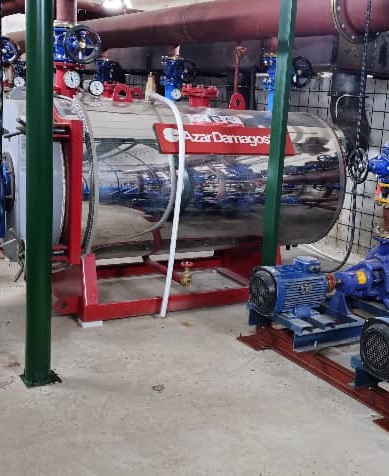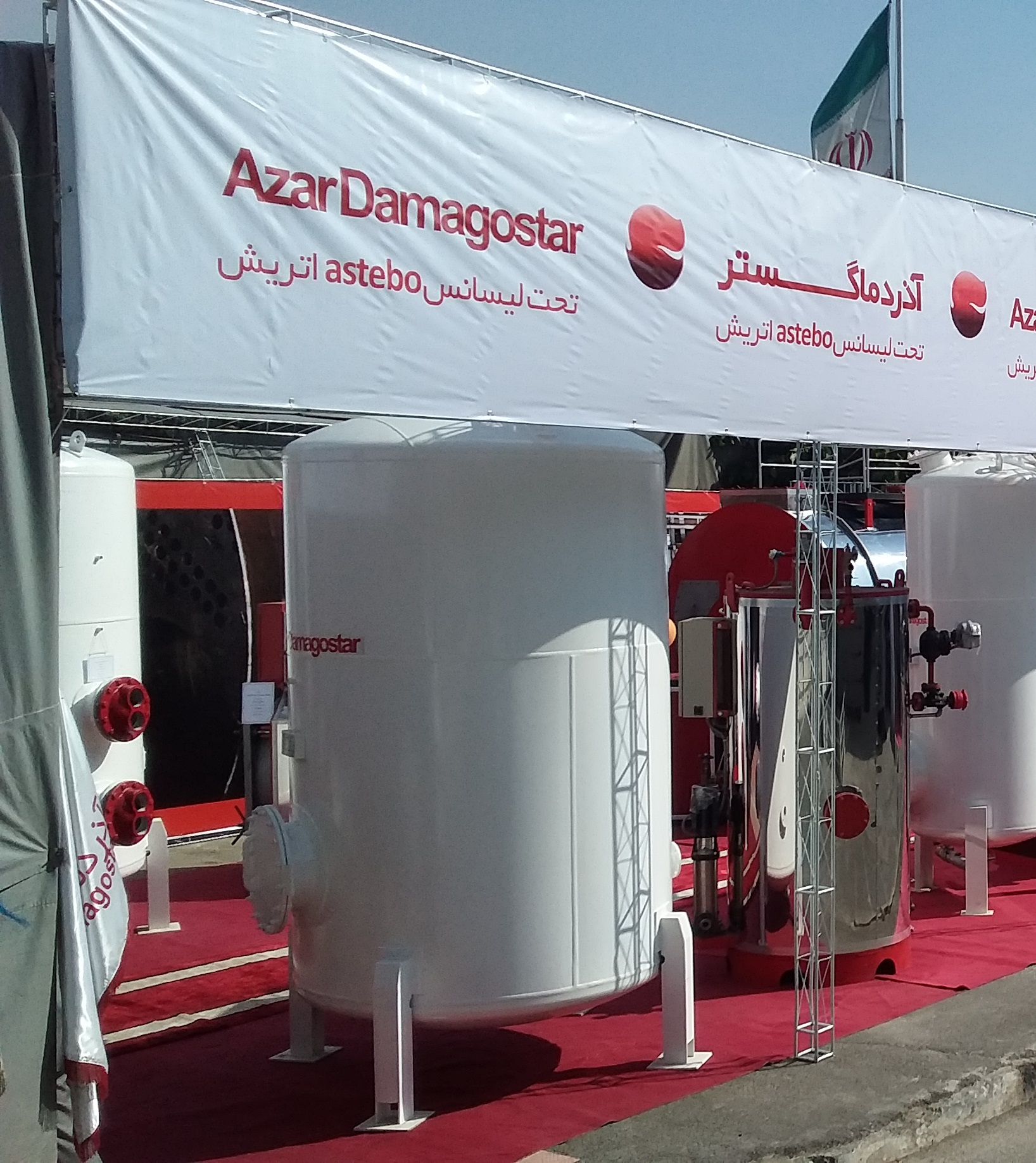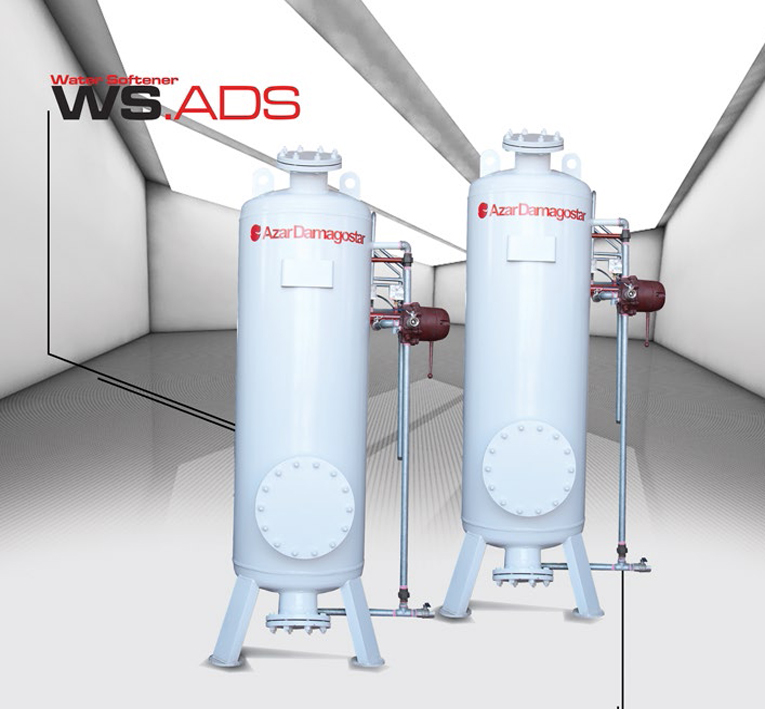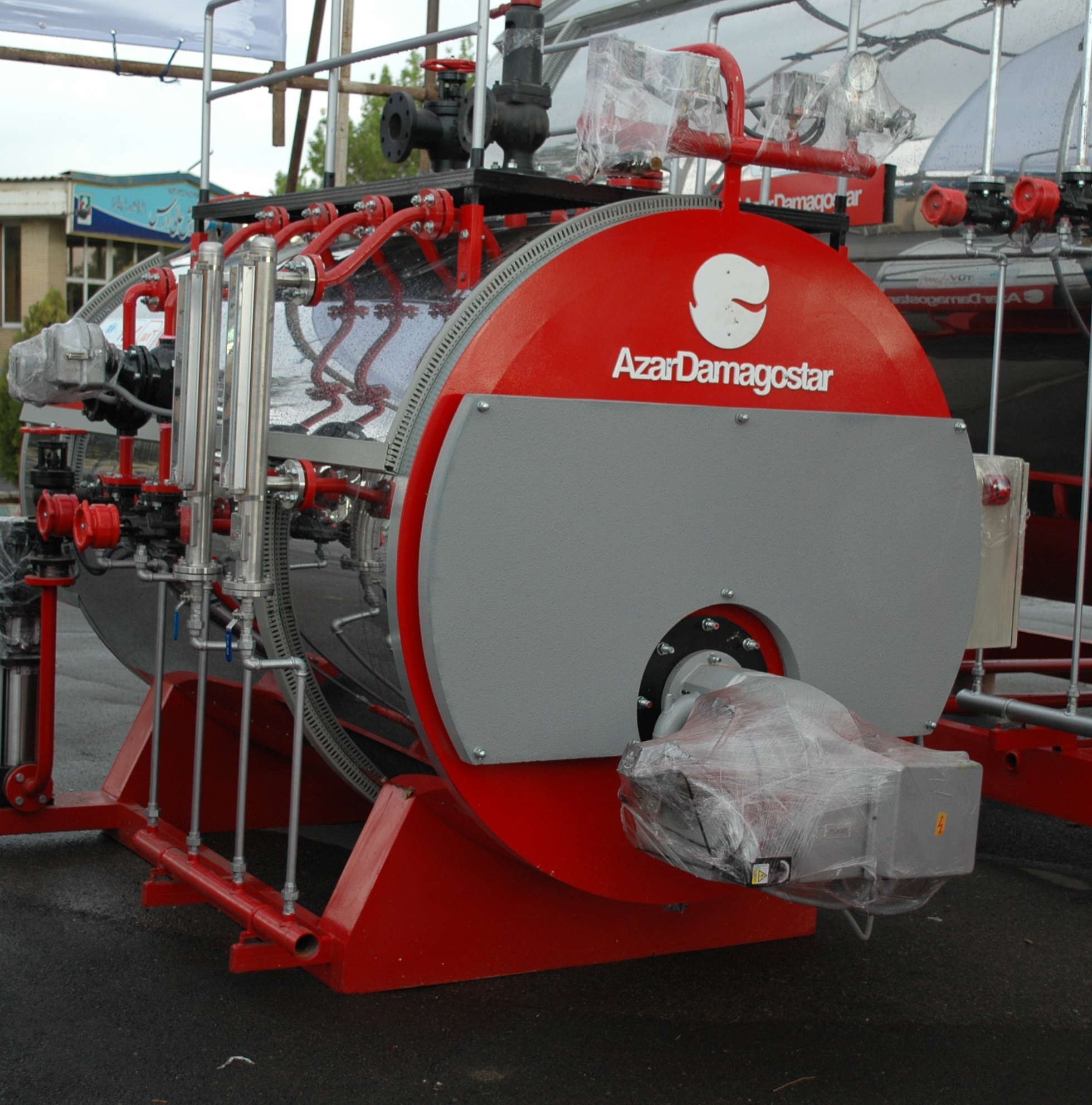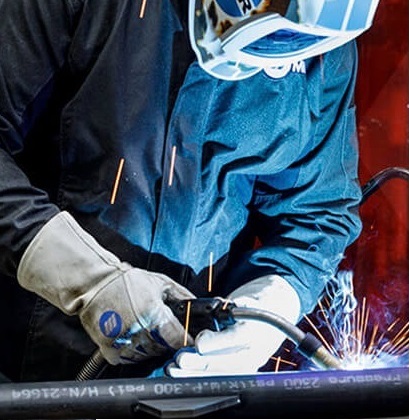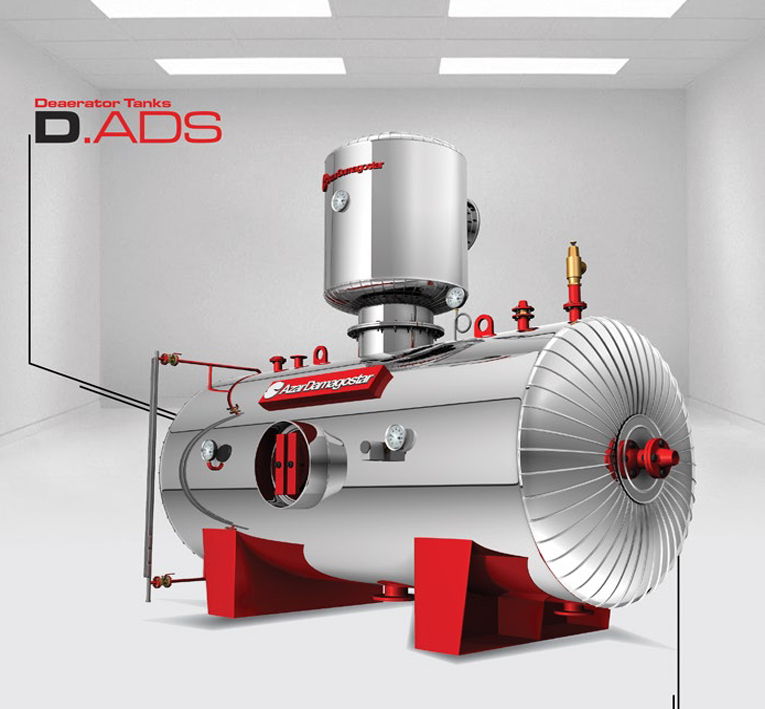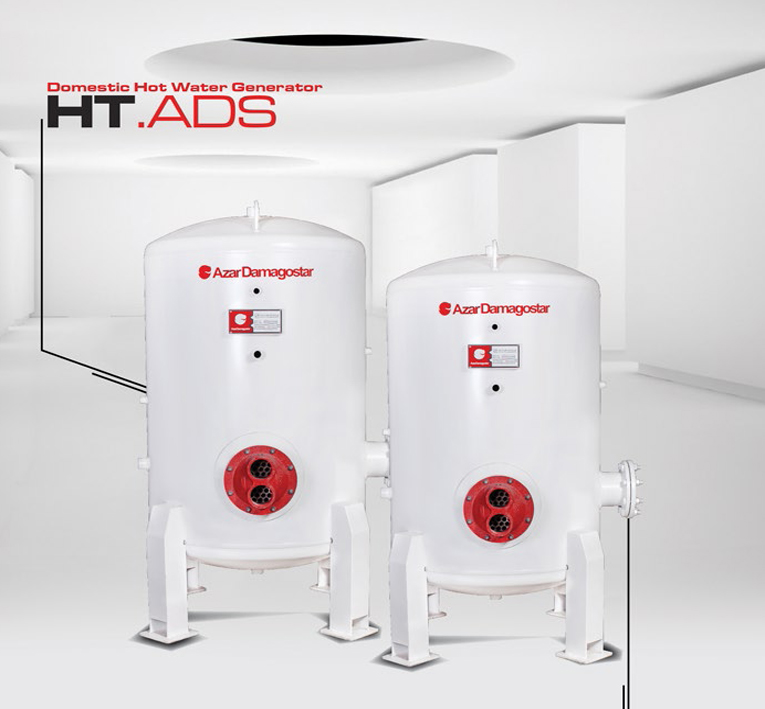The service and maintenance of the boiler is very important in order to maintain the efficiency and safety of the boiler during its life cycle, therefore, in this article, an attempt has been made to comprehensively examine the maintenance methods of the boiler.
Introduction:
At the same time as mankind entered the industrial era, which began with the wider use of machine power by humans in the early 18th century AD, the challenges of people such as Watt, Marquis, etc. from England in connection with the expansion of the use of steam power and the design and construction of boilers Steam started, the first steam boilers were made from closed containers and from iron sheets that were turned and riveted together and included various spherical and cubical shapes. These containers were placed on the brick walls on the fire and were actually considered external burning. In the initial stages of operation, these boilers provided up to a pressure of about 1 bar, which met the needs of that period, but due to the formation of sediment and sludge at the bottom of the boiler, which was the only part of the water heat exchange with the flame, the temperature of the metal rose slowly and caused Changing the shape and deformation of the floor metal and as a result creating the risk of explosion. Along with the need for higher steam pressures by industries, the process of making steam boilers also experienced more changes.
Therefore, in order to achieve higher thermal efficiency, the need for more heat exchange was felt, as a result, the surfaces exposed to heat increased by considering a large number of thin tubes in which hot gases flowed and there was water around them. These boilers had good efficiency due to their smaller volume. Today's smoke tube boilers with two or three passes are actually evolved types of said boilers. Another major development in the construction of this type of boilers is the evolution from three-pass fire type boilers (dry back) to the construction of wet back boilers (further back). In the dry rear boilers, the ends of the pipes of pass 2 and 3 are both connected to a grid surface, which is under tension due to the extreme temperature difference of combustion gases in pass (1000 degrees Celsius) and pass 3 (maximum 250 degrees Celsius). And finally it leaks.
Classification of boiler service and maintenance methods
Daily services
1. Close the water inlet valve and open the drain valve
The steam should pass through the glasses quickly, let the steam escape for 15-20 seconds. Close the drain valve and open the inlet valve. Water should enter the glass of the water feature quickly. If this operation is done slowly, one of the ducts is blocked, which should be fixed as soon as possible
2. Open the boiler's drain valve and let it drain for a few seconds. (This action is done to reduce the salts in the water)
3. If the flame inspection glass in the back of the boiler is dirty, it should be cleaned
4. Visit low flame and high flame
5. Cup in large boilers, nozzle in small burner boilers should be cleaned daily with cloth and paraffin or diesel.
Note: To do the above, do not use a sharp tool or a sharp tip, because if repeated, the nozzle or cup will be out of balance and must be replaced.
6. Burner parts should be kept clean. Clean the spilled oils daily and the place of leakage should be sealed. Continue turning the faucet until the end for 10 seconds, clean the steam duct, return to normal by turning it counter-clockwise.
Weekly boiler services
In the state that the burner is on, in the presence of the person in charge of the boiler installations, turn the water supply pump switch to the off position and let the water level drop due to evaporation until it reaches the low water mark on the water sight glass. In this situation, the burner should be turned off and the low water level light should be on and the alarm should start working. Turn off the alarm with the corresponding key and let enough steam escape to reach the very low water level (Extra). At this moment, the light corresponding to the very low water level is lit and the alarm starts working. Turn off the sound of the siren with the relevant key and after the steps are well controlled, turn on the water supply pump and complete the water intake and turn on the burner. These steps are done to ensure the operation of the water control system. The pot should not be left in a very low water level for a long time.
Control boiler warning devices such as bells and lamps.
If there is a problem in the above steps, take immediate action to fix it, and in case of failure, contact the authorized representative of the company.
Check the smoothness of the feed pump and clean it if necessary.
When the burner is working, remove the electric eye, the flame should be cut off immediately, the warning light will be on, and the alarm will start working. In this way, the flame control circuit is checked.
Clean the electric eye with soft and clean cloths and put it in its place.
Check the electrodes of the ignition and the fuel cup or the nozzle and clean if you see deposits.
Check the air and fuel damper connections.
Monthly boiler services
1. Grease the blower fan bearings.
2. Oil the electric motors according to the manufacturer's instructions.
3. Check the feed pump for leaks or noise.
4. Visit the fuel filter and wash it with diesel if necessary.
5. Open the filter of the water pump and if necessary, remove the deposits and possible clogging and clean the filter completely.
6. Clean the burner completely and check for leaks.
7. Check all connections and valves for leaks and fix them if there are any problems.
8. Clean the pass 2 and 3 pipes (if there is soot in the pipe) with a special brush.
9. By observing all the safety points, open the manhole and handhole valves and inspect the inside of the boiler completely in terms of deposits and rust.
Notice:
Do the items 2 and 3 in the first working season of the boiler and after that you can proceed according to the amount of utilization of the boiler. This means that it is possible to determine at what time interval the pipes and at what time interval the inside of the boiler should be visited.
It should be kept in mind that the maximum time for cleaning the pipes and servicing and maintaining the boiler should not exceed three months, because by keeping the pipes clean, the efficiency of the boiler will increase. If the pipe surfaces are not cleaned for a long time, in addition to reducing the nominal capacity of the boiler, the life of the pipes will also decrease.
Boiler cleaning methods
By opening the door of the smoke box in front and back of the boiler, you can access all the pipes.

